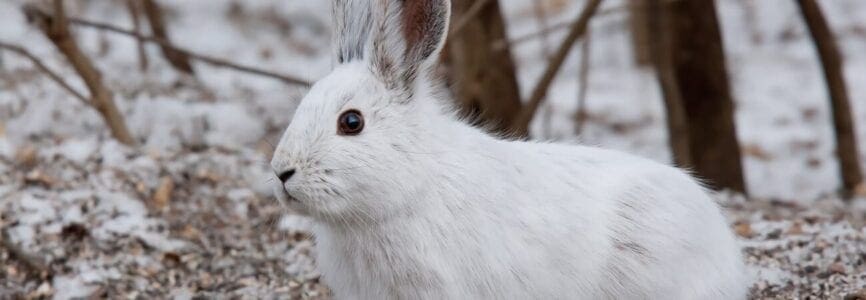Hastings Center News
Is it Ethical to Use Genetic “Evolutionary Rescue” for Conservation?
Hastings Center research scholar Gregory Kaebnick participated in a multidisciplinary workshop at the University of Montana in Missoula on May 25 – 26 to examine the potential for using genome editing to conserve plants and animals that are threatened with extinction. The meeting addressed scientific questions, such as how alarming are the current high rates of biodiversity loss? And it discussed ethical issues raised by allowing scientists to “direct evolutionary change.”
“We explored a number of cases: whitebark pine, which is threatened by climate change, white pine blister rust, and the western pine beetle; the cutthroat trout, threatened by interbreeding with introduced rainbow trout and climate change; and snowshoe hares, threatened by loss of snow cover in winter (many hares turn white in winter, and loss of snow makes them easy prey),” Kaebnick said. Possible strategies include “genetic rescue in situ” (which means maintaining large, interconnected populations, sometimes by translocating animals from separated populations), assisted evolution (breeding and selecting adapted specimens, which can then be introduced into the wild), and genetic editing.”
Kaebnick spoke about a precautionary approach to technology governance, arguing that it does not necessarily prohibit genome editing. He also spoke about how genome editing may be regarded by people who want to limit human intervention into nature, arguing that a holistic understanding of the natural phenomena to be preserved allows, in principle, for altering genomes. The group plans further work on the scientific and ethical questions.
